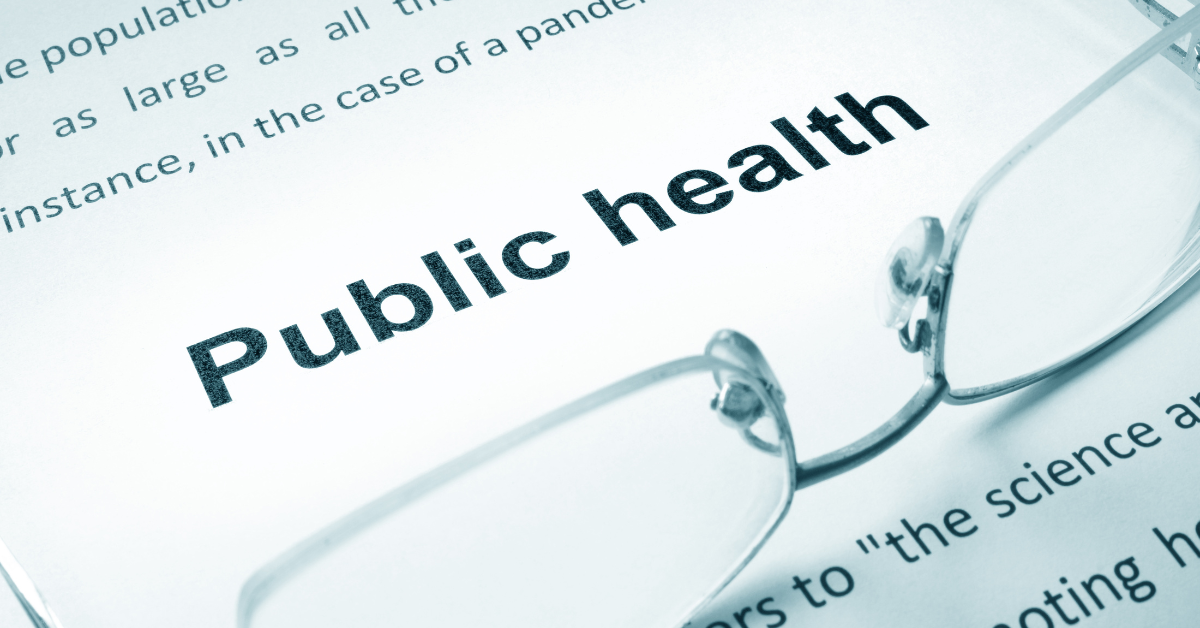In the United States, the relationship between health insurance and public health is intricate and multifaceted. This article explores how health insurance impacts public health outcomes and how public health initiatives influence health insurance policies.
Health Insurance’s Impact on Public Health
Access to health insurance is a critical determinant of public health outcomes. Insurance coverage generally leads to increased access to healthcare services, including preventive care, which is essential for early detection and management of diseases. The availability of health insurance also correlates with lower mortality rates, reduced spread of communicable diseases, and overall better health status of the population.
Public Health Initiatives and Health Insurance Coverage
Public health initiatives often drive changes in health insurance policies. For example, the emphasis on preventive care in public health has led to health insurance plans covering a range of preventive services without copays or deductibles. Additionally, public health crises, like the COVID-19 pandemic, can lead to temporary changes in insurance policies to increase access to necessary healthcare services.
The Role of the ACA in Bridging the Gap
The Affordable Care Act (ACA) has been instrumental in aligning health insurance with public health goals. By expanding Medicaid and making health insurance more accessible and affordable, the ACA has contributed to improved public health outcomes, particularly in vulnerable populations.
Challenges at the Intersection
Despite the progress, there are challenges at the intersection of health insurance and public health. These include disparities in health insurance coverage, the high cost of healthcare, and the underfunding of public health initiatives.
The Future of Health Insurance and Public Health
Looking ahead, the integration of health insurance and public health is likely to become even more critical. The focus is expected to shift towards holistic healthcare models that emphasize preventive care, address social determinants of health, and promote health equity.
Conclusion
The intersection of health insurance and public health in the USA is dynamic and continually evolving. Strengthening this intersection is key to improving healthcare outcomes and advancing the overall health and well-being of the nation. Collaborative efforts between policymakers, healthcare providers, insurers, and public health professionals are essential to address existing challenges and harness opportunities for a healthier future.

